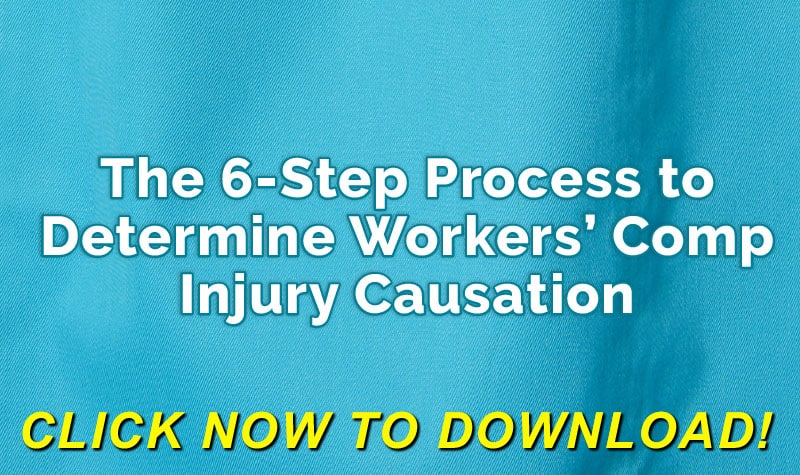
Armed with information about the latest illicit drugs and a willingness to adopt certain strategies, payers can ensure their injured workers get the most appropriate treatment and avoid becoming victims of the latest drug nightmare.
Heroin, Fentanyl, and Analogues
The dangers of unnecessary opioid use have been well documented and publicized for several years. To its credit, the workers’ compensation has been at the forefront of efforts to stem what has become a national crisis. But often overlooked are injured workers who already are, or become addicted to these prescription drugs and turn to the illicit drug market for relief.
Opioid prescribing dropped by nearly 9 percent in 2017, according to some accounts. However, some injured workers who were already addicted turned to heroin, leading to fatal overdoses from that drug. More recently, additional drugs have taken over the market, many of which are far more potent than opioids.
As described in It’s Not Just Heroin Anymore, a white paper from myMatrixx, synthetic opioids such as fentanyl have risen on the black market, mainly due to economics. Where heroine requires growing the opium poppy plant, harvesting the resin and processing it into the final product, fentanyl is purely synthetic, meaning it can be made easily and cheaply.
“Fentanyl is 50 times more potent than heroin and 100 times more potent than morphine,” according to the research paper. “Even more alarming, however, is the fact that there are compounds with molecular structures closely similar to fentanyl (analogues) that are drastically more potent and these are now making their way into the hands of drug addicts.”
Illicit makers of fentanyl have found in analogues a way to circumvent the regulations of the Controlled Substances Act. The CSA classifies substances based on their chemical identity. Since the fentanyl analogues are not on the list as identified controlled substances, they, technically, are not illegal substances.
There are 4 fentanyl analogues that are legal for medical use, including:
- Carfentanil, only for veterinary use, it is normally dispensed as an elephant tranquilizer. It is 100 x stronger than fentanyl. myMatrixx notes it has been linked to increases in overdoses in the Midwest in particular.
- Sufentanil
- Alfentanil
Other analogues of fentanyl are Schedule I under the Controlled Substances Act.
What to Do
Most people prescribed opioids do not become addicts; however, anyone can develop an addiction. That is why it is imperative for workers’ compensation stakeholders to take every precaution to prevent addiction and address it appropriately in injured workers affected.
Here are ways payers can keep their injured workers safe:
- Educate providers. Despite their good intentions, some treating physicians are not trained in dealing with pain and/or opioid prescribing. They may also not follow evidence-based guidelines. Payers who develop solid relationships with network and/or area physicians can work with them and make sure they understand how to mitigate the risks.
For example, providers should know to:
- Avoid prescribing opioids as a first line therapy
- Screen patients for addiction before starting opioid therapy and continuously throughout treatment
- Conduct urine drug screenings to monitor compliance
- Be aware of, and adhere to formulary restrictions
- Watch for, and address aberrant behavior
- De-escalate or discontinue opioid therapy when necessary
- Provide strong clinical oversight, of physicians and pharmacies. Working with a pharmacy benefit manager and/or carrier is a place to start.
- Ensure providers are aware of alternative therapies to opioids and encouraged using them
- Intervene when there are concerns of opioid overprescribing. Having another physician talk with the provider can be effective. Insurers and/or third-party administrators often have medical personnel available to help.
Summary
The opioid crisis within the workers’ compensation system has improved in recent years. However, it is far from over. Stakeholders should stay up-to-date on the latest issues surrounding the problem and take steps to protect their injured workers.

Contact: mstack@reduceyourworkerscomp.com.
Workers’ Comp Roundup Blog: https://blog.reduceyourworkerscomp.com/
©2019 Amaxx LLC. All rights reserved under International Copyright Law.
Do not use this information without independent verification. All state laws vary. You should consult with your insurance broker, attorney, or qualified professional.






